When it comes to sparking curiosity and nurturing a lifelong love of learning, nonfiction books are an essential part of any child’s reading journey. From eye-popping animal facts to inspiring biographies, today’s nonfiction books for kids are anything but boring. They blend real-world knowledge with vivid illustrations, storytelling techniques, and topics that kids are naturally drawn to, like space, dinosaurs, inventions, history, and even how things work.
In this guide to the best nonfiction books for kids, we’ve curated age-appropriate recommendations that are educational, engaging, and just plain fun to read. Whether you’re a parent, teacher, or librarian, you’ll find must-read picks for preschoolers to preteens, including hidden gems, award-winners, and titles that align with STEM and school curricula.
So if you’re looking to encourage your young reader to explore the world beyond fiction, let’s dive into the most exciting and enriching nonfiction children’s books available today!
Why Nonfiction Books Are Important for Children
Nonfiction books do more than just provide facts; they open up a world of discovery that can fuel a child’s imagination just as much as fiction. Whether it’s learning how volcanoes erupt, uncovering the story of a groundbreaking scientist, or understanding how recycling helps the planet, nonfiction helps children make sense of the world around them.
Here are a few key reasons why nonfiction books should be a staple in every child’s library:
1. They Build Real-World Knowledge
Nonfiction introduces kids to science, history, geography, biographies, technology, and current events in age-appropriate ways. This knowledge strengthens their academic foundation and makes them better critical thinkers.
2. They Support Vocabulary Development
By exposing children to rich and subject-specific language, nonfiction texts expand their vocabulary and deepen their understanding of complex ideas, especially useful for standardized test prep and schoolwork.
3. They Inspire Curiosity and Independent Learning
Many kids naturally gravitate toward books that help them answer big questions like “Why is the sky blue?” or “How do animals survive in the wild?” Nonfiction encourages research, curiosity, and self-guided exploration.
4. They Appeal to Reluctant Readers
For children who aren’t drawn to fictional narratives, nonfiction provides a more structured, visual, and topic-driven reading experience. Books with infographics, photos, or real-life stories can be especially engaging.
5. They Help Kids See Themselves and Others in the World
Biographies and books about diverse cultures, experiences, and real-life heroes allow children to connect to others, build empathy, and feel represented in the content they consume.
By incorporating nonfiction titles into your child’s reading routine, you’re giving them the tools to become lifelong learners, engaged citizens, and curious thinkers.
How to Choose the Right Nonfiction Books for Kids
With so many incredible nonfiction titles available, choosing the right one can feel overwhelming, especially when trying to match the book to your child’s age, interests, and reading level. But selecting nonfiction doesn’t have to be complicated. A few thoughtful considerations can ensure your young reader is both informed and entertained.
1. Consider Age Appropriateness
Look for books that match your child’s developmental stage. For younger children, choose books with simple language, colorful illustrations, and interactive features like flaps or questions. Older kids may be ready for more detailed texts, timelines, sidebars, and subject-specific vocabulary.
2. Look for High-Quality Visuals and Layouts
Children are naturally drawn to visuals. Nonfiction books that use photographs, diagrams, infographics, or vibrant illustrations can help break up the text and support comprehension. Layouts that are easy to follow can also make a big difference in readability.
3. Prioritize Accuracy and Credibility
Not all nonfiction is created equal. Seek books written or reviewed by experts in the field, especially for science- or history-related topics. Bonus points if the book includes a glossary, bibliography, or references at the end.
4. Match Topics to Your Child’s Interests
Whether your child loves animals, space, cooking, sports, or social justice, there’s a nonfiction book out there to match. Following their interests is the best way to keep them engaged and encourage independent reading.
5. Diversify the Types of Nonfiction
Nonfiction comes in many forms: biographies, narrative nonfiction, how-to books, encyclopedias, photo essays, and more. Mixing formats can introduce new styles and keep reading fresh and exciting.
✅ Nonfiction Book Selection Checklist
- Is the language age-appropriate and easy to understand?
- Are the facts accurate and up-to-date?
- Does the layout include visuals or interactive elements?
- Is the topic aligned with your child’s curiosity or schoolwork?
- Is it diverse and inclusive in perspective or subject?
Choosing the right nonfiction books isn’t about picking the most “educational” title; it’s about sparking a connection between your child and the real world. When that connection is made, a love of nonfiction will naturally follow.
The Best Nonfiction Books for Kids by Age Group
To make it easy to find the perfect nonfiction read, we’ve broken down our recommendations by age group. From colorful board books for toddlers to inspiring biographies for middle-grade readers, these picks are age-appropriate, educational, and guaranteed to keep kids turning the pages.
A. Ages 3–5 (Preschool to Early Kindergarten)
At this age, nonfiction should be simple, interactive, and visually engaging. Look for books that spark curiosity with bright pictures and fun facts.
Top Picks:
National Geographic Little Kids First Big Book of Why by Amy Shields
An excellent starter for inquisitive toddlers. Covers common “why” questions with beautiful photography and simple explanations.
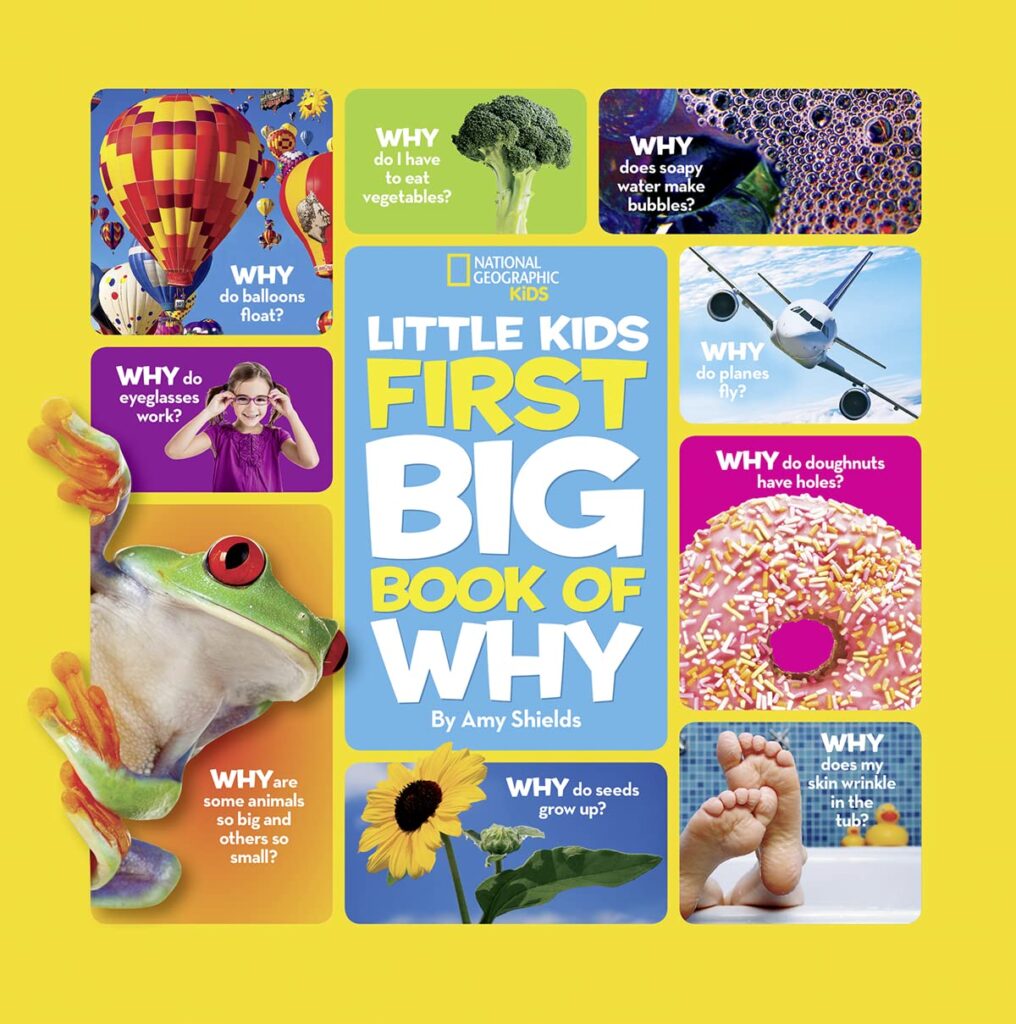
Whose Tools? by Toni Buzzeo
A clever guessing game format introduces tools and the professionals who use them, accompanied by detailed, labeled illustrations.
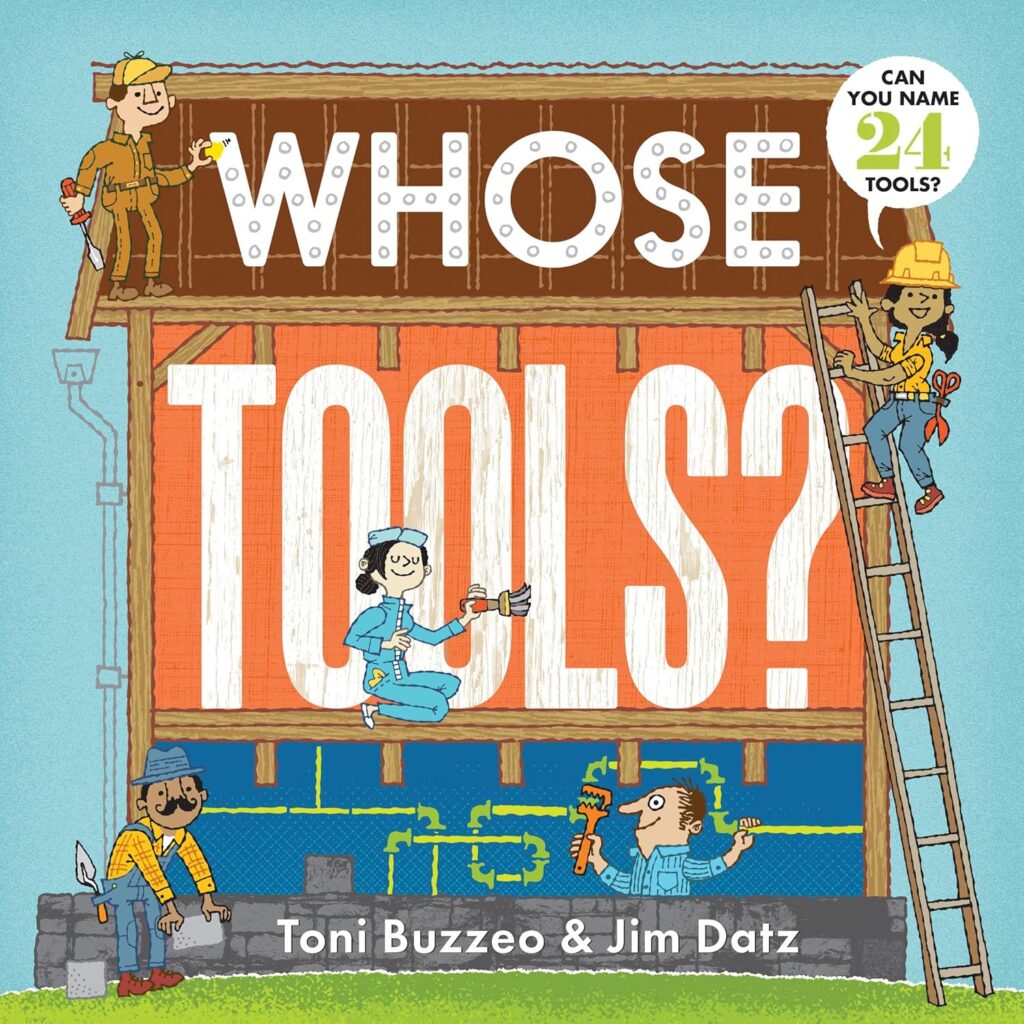
My First Book of Planets: All About the Solar System for Kids by Bruce Betts
Perfect for space-loving littles, this beginner’s guide explores planets with vibrant visuals and fun facts.
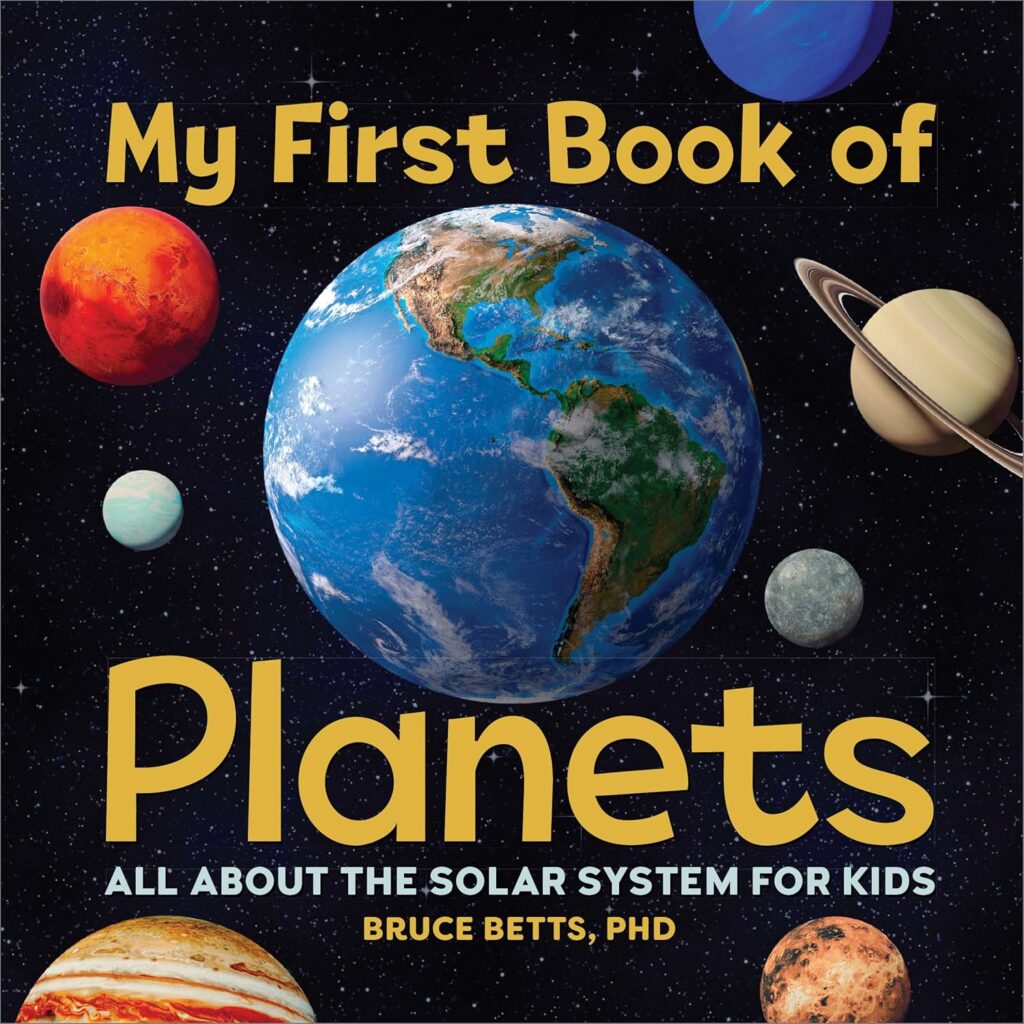
B. Ages 6–8 (Grades 1–3)
Kids in early elementary school are ready for more structured content with short paragraphs, engaging photos, and topic-focused chapters.
Top Picks:
I Am Jane Goodall by Brad Meltzer
Part of the “Ordinary People Change the World” series, this book tells Jane Goodall’s story in an accessible, child-friendly way.

Shark Lady: The True Story of How Eugenie Clark Became the Ocean’s Most Fearless Scientist by Jess Keating
A bold biography that combines ocean science and women in STEM—an empowering read with gorgeous illustrations.
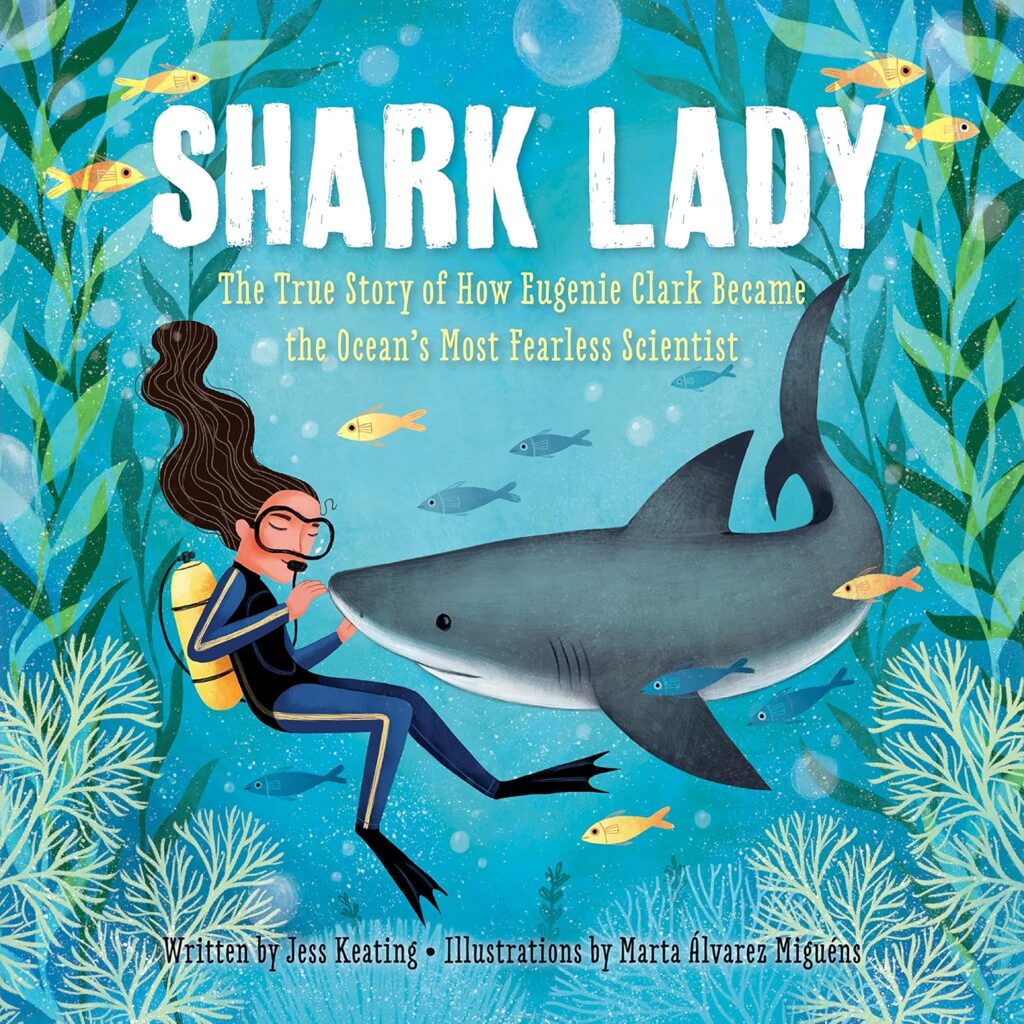
The Magic School Bus Inside the Human Body by Joanna Cole
A classic blend of fiction and nonfiction, this installment in the beloved series dives into anatomy with humor and scientific accuracy.

C. Ages 9–12 (Grades 4–6)
This age group can handle more detailed explanations, timelines, charts, and emotionally complex content. These books often align with school curricula while still being highly enjoyable.
Top Picks:
Hidden Figures: Young Readers’ Edition by Margot Lee Shetterly
A powerful true story of four African American women who helped launch the U.S. into space. Perfect for history and STEM fans.
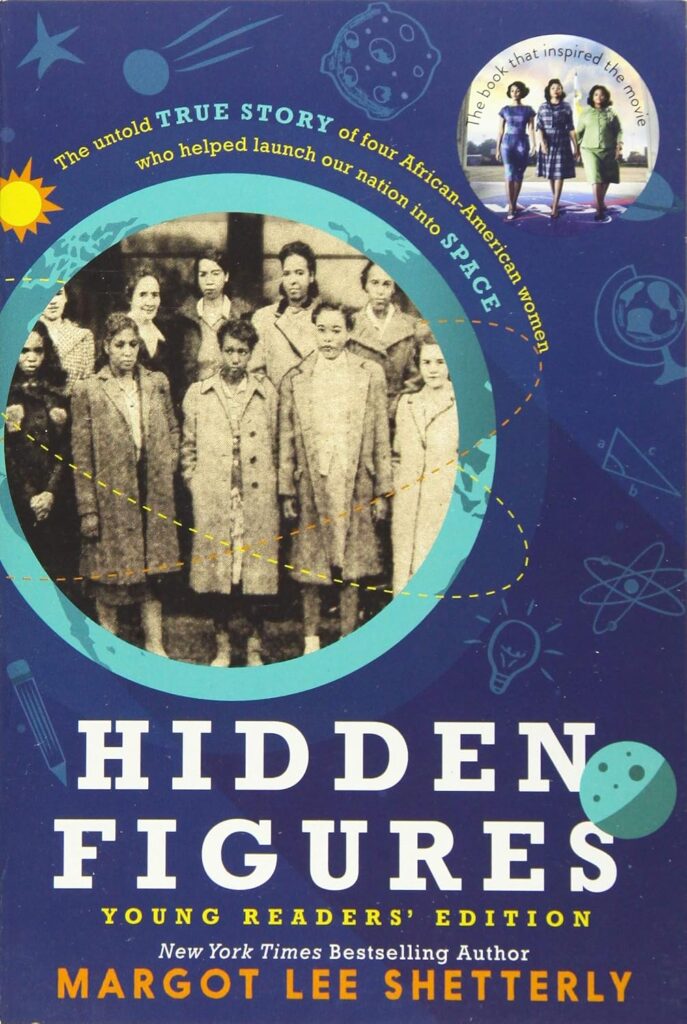
Brown Girl Dreaming by Jacqueline Woodson
Part memoir, part poetry, this award-winning book shares Woodson’s childhood experiences growing up during the Civil Rights movement.
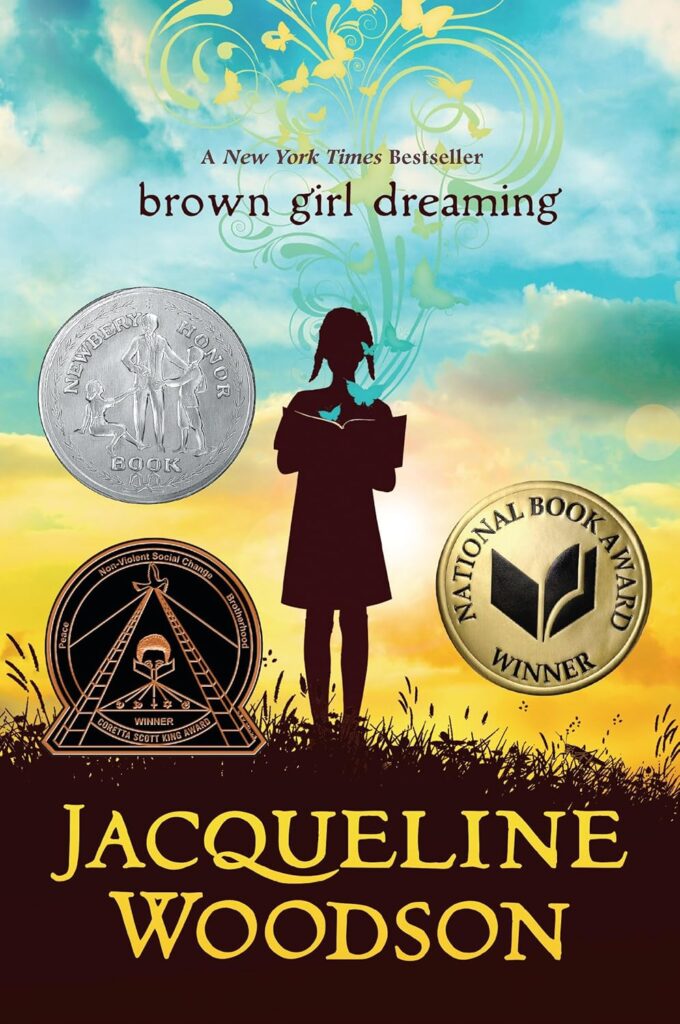
The Way Things Work Now by David Macaulay
A richly illustrated encyclopedia-style book explaining machines, technology, and engineering—updated for today’s innovations.
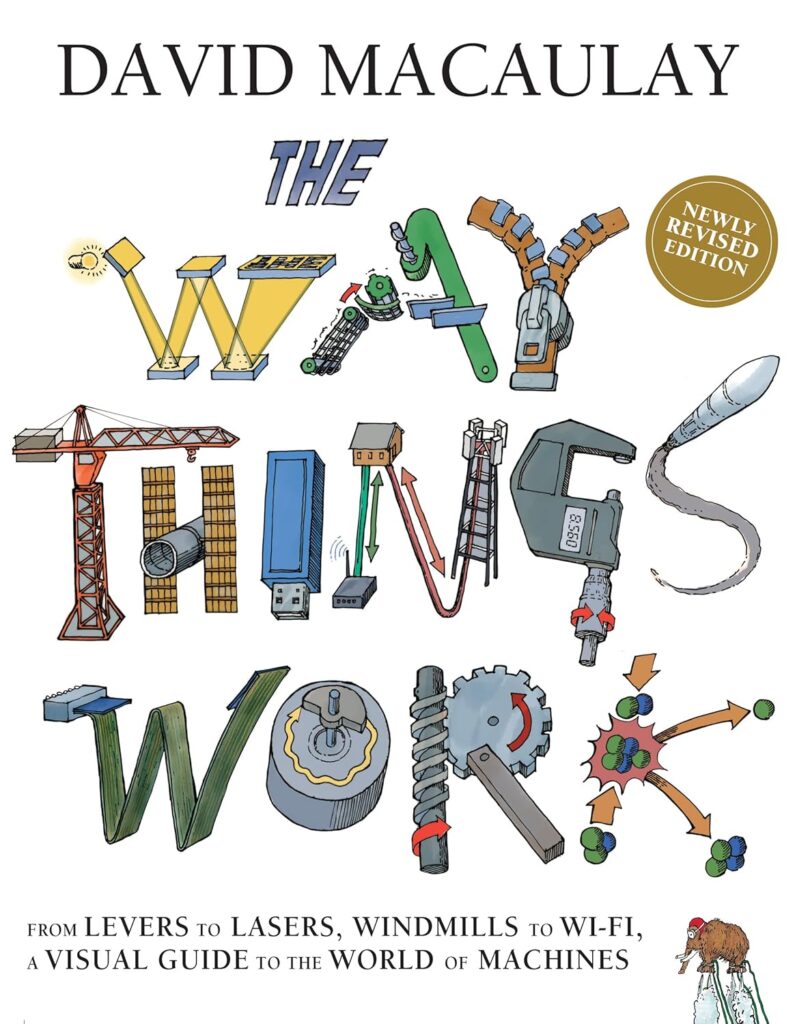
D. Ages 12+ (Middle Grade and Young Teens)
Older kids benefit from nonfiction that introduces big ideas, deepens historical context, and explores inspiring stories from around the world.
Top Picks:
The Boy Who Harnessed the Wind (Young Readers Edition) by William Kamkwamba
An incredible memoir of a young Malawian boy who built a windmill from scrap to bring electricity to his village.
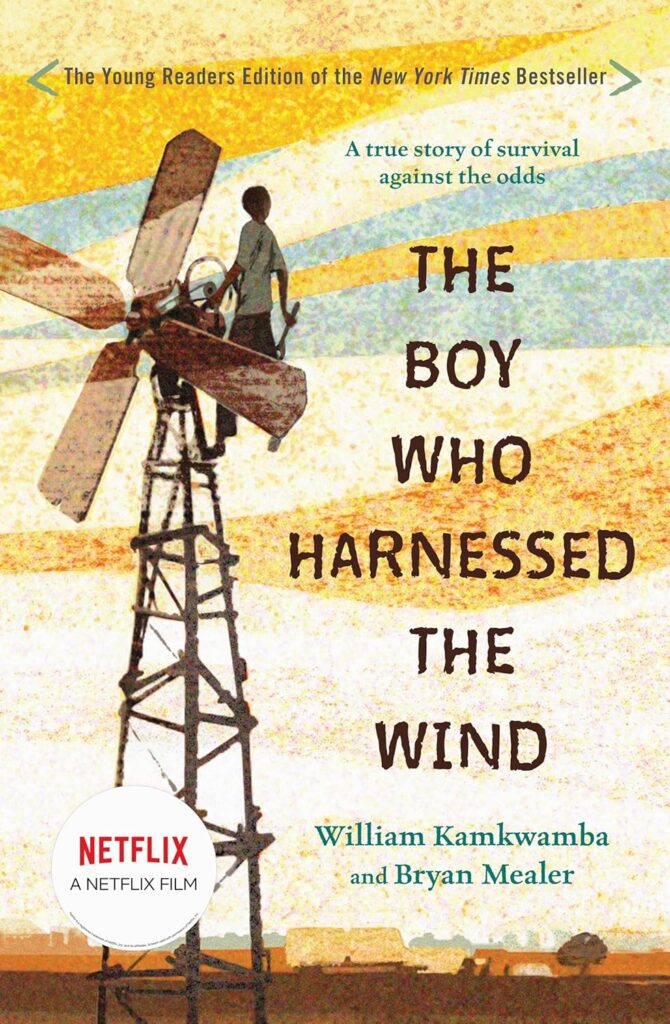
Women in Science: 50 Fearless Pioneers Who Changed the World by Rachel Ignotofsky
A beautifully illustrated, fact-packed celebration of groundbreaking female scientists throughout history.
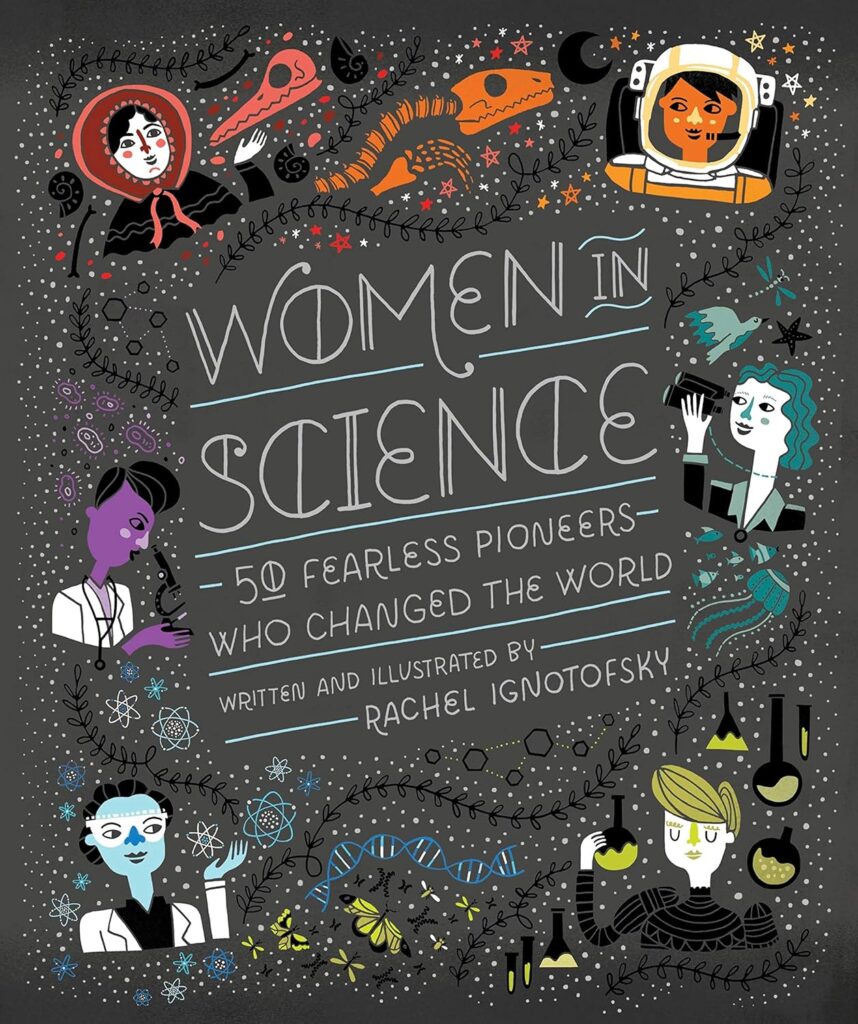
How We Got to Now: Six Innovations That Made the Modern World (Young Readers Edition) by Steven Johnson
Explores the science and ripple effects behind inventions like glass, clocks, and refrigeration. Eye-opening and accessible.
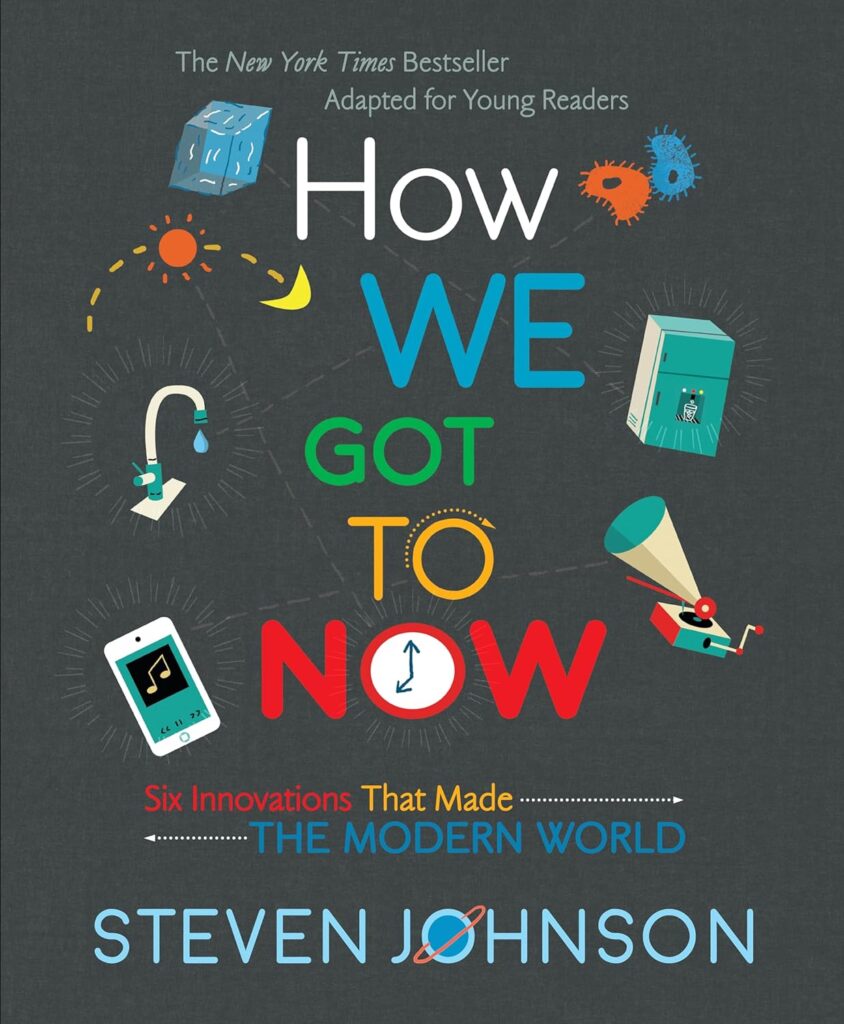
Check out this list of some of the best nonfiction books for teens.
Best Thematic Nonfiction Book Categories
Beyond age levels, many readers (and their grown-ups) prefer to browse by topic. Whether your child is fascinated by animals, obsessed with outer space, or inspired by real-life heroes, there’s a nonfiction category tailored just for them. Below are some of the most popular and enriching nonfiction themes for kids, along with standout recommendations for each.
A. Science & Nature
Nonfiction books about the natural world help kids understand biology, Earth science, ecosystems, and environmental issues.
Top Picks:
Over and Under the Snow by Kate Messner
A beautifully illustrated look at animals who live beneath the snow in winter.
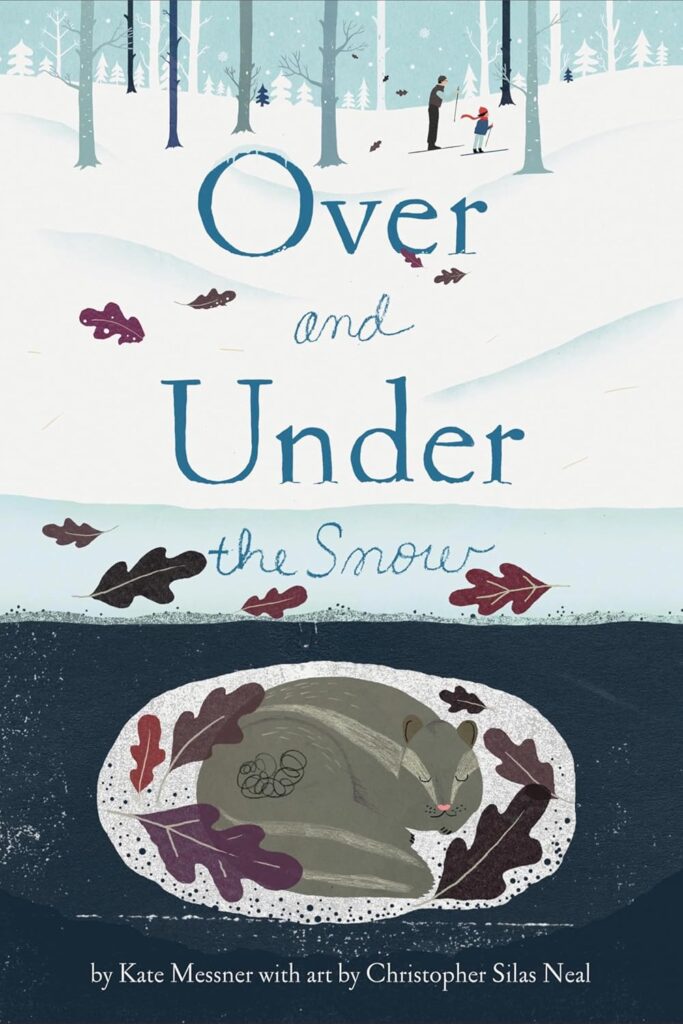
Ocean: A Visual Encyclopedia by DK
Stunning photography and infographics make this a go-to reference for marine life lovers.
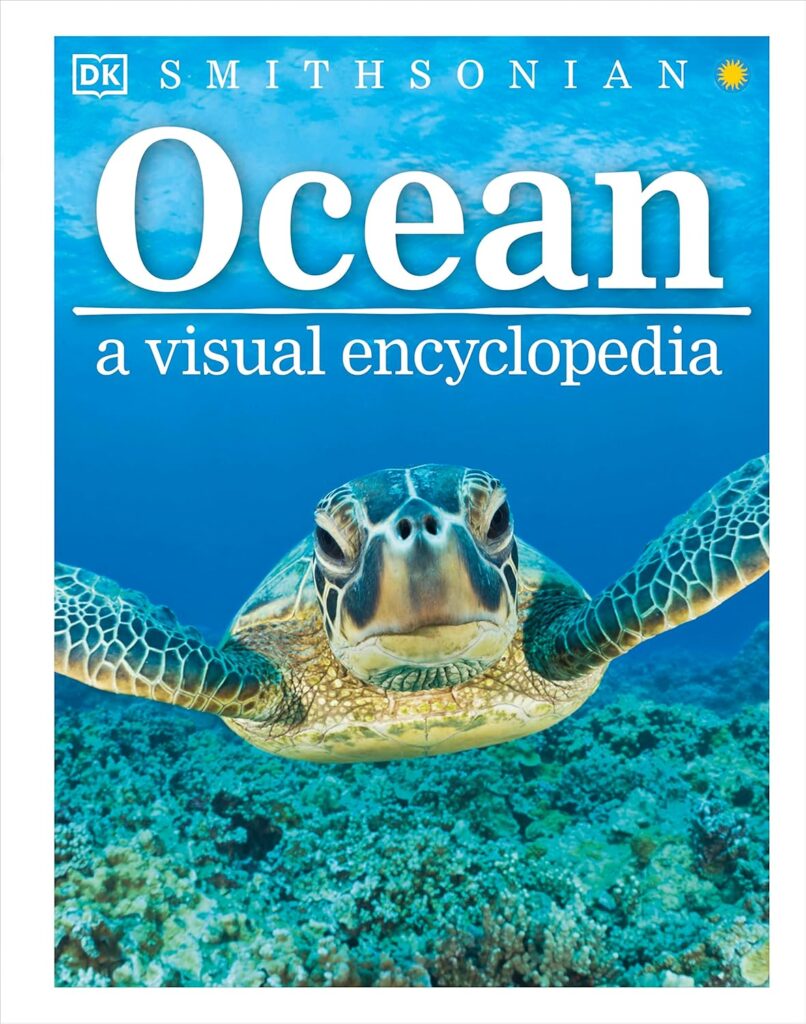
The Bug Book: Discover the World’s Most Incredible Insects by Sue Fliess
A vibrant introduction to bugs and their weird and wonderful behaviors.
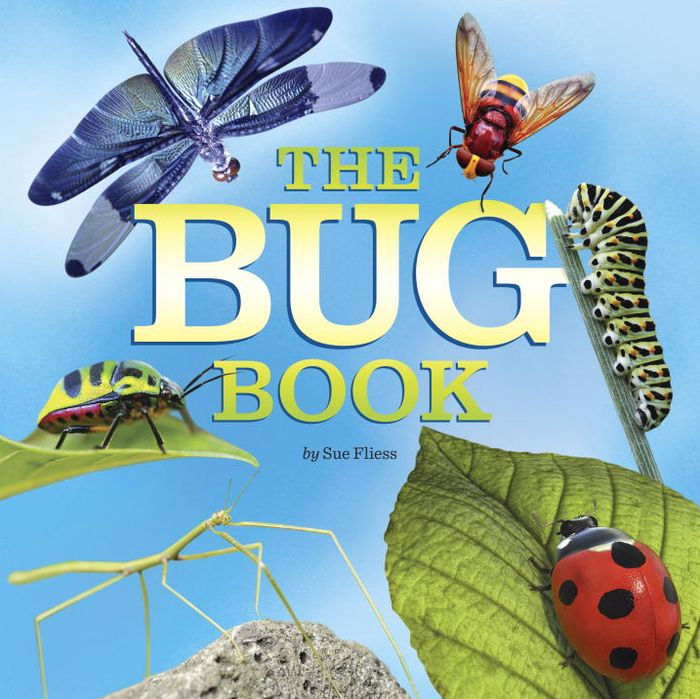
B. History & Biographies
Real stories about past events and remarkable individuals offer both inspiration and important context.
Top Picks:
Kid Presidents: True Tales of Childhood from America’s Presidents by David Stabler
Quirky and engaging anecdotes from the childhoods of U.S. presidents.
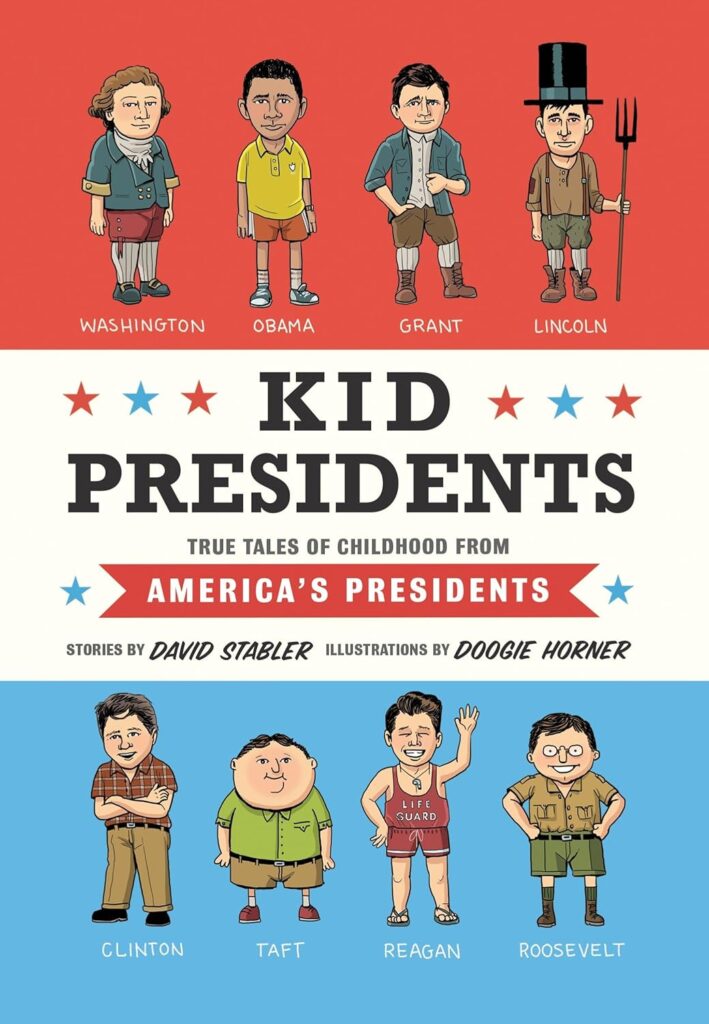
She Persisted: 13 American Women Who Changed the World by Chelsea Clinton
Short biographies that celebrate perseverance, justice, and progress.
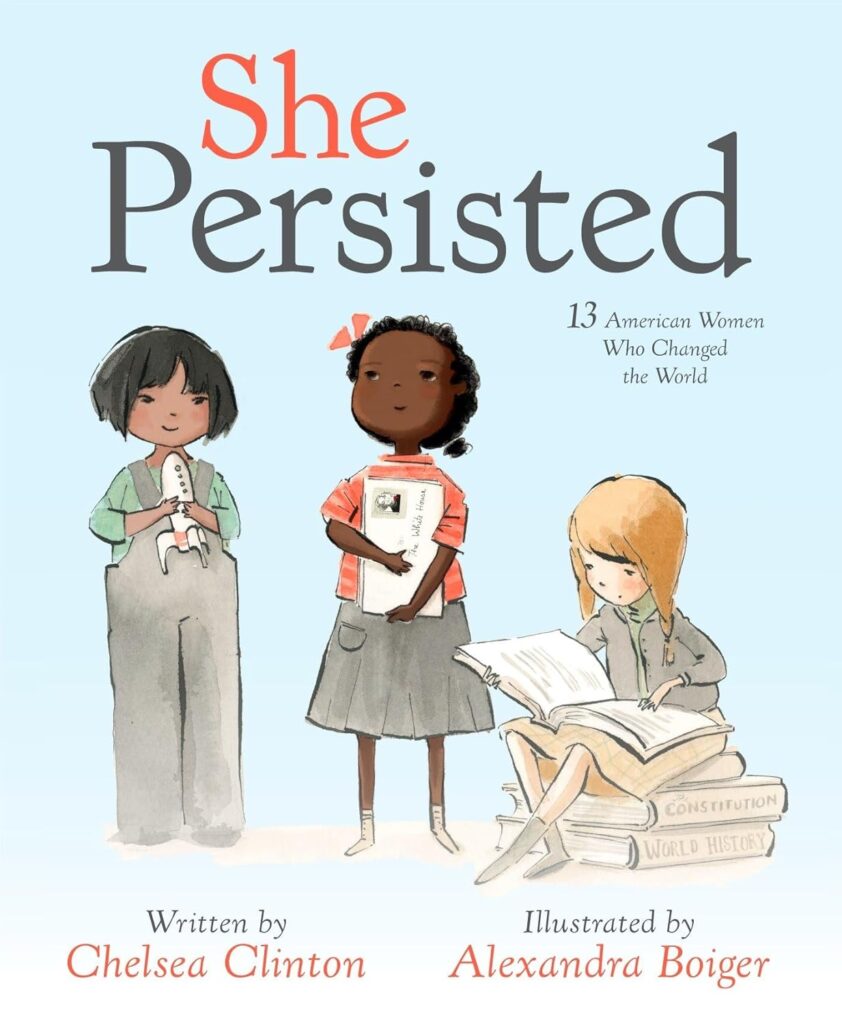
When Stars Are Scattered by Victoria Jamieson and Omar Mohamed
A graphic memoir of two Somali refugee brothers living in a Kenyan camp—moving and unforgettable.
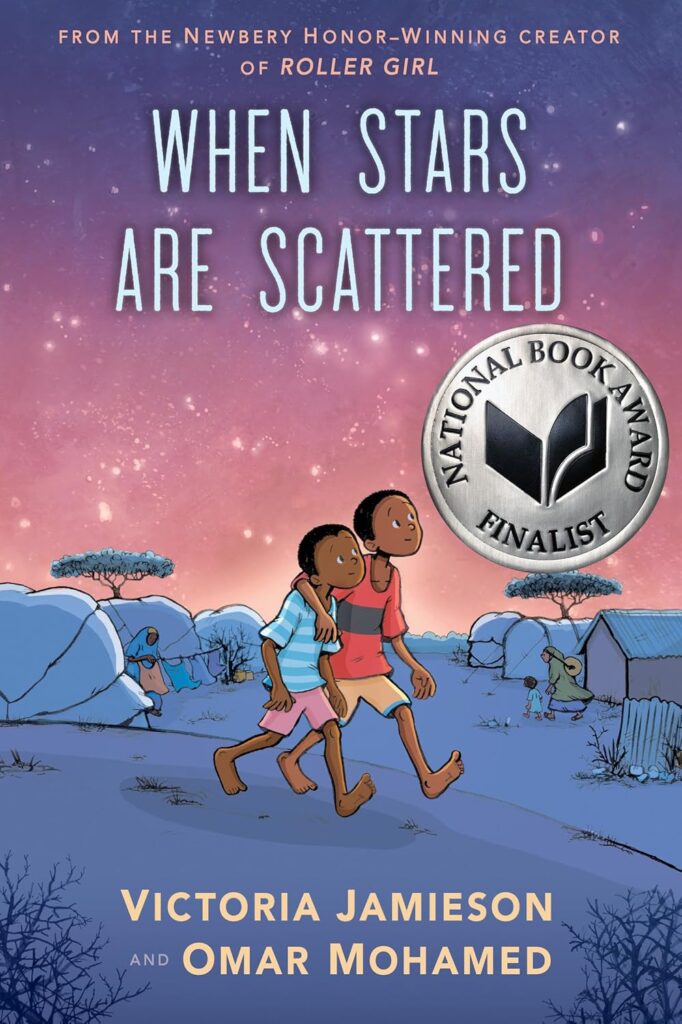
C. STEM & Inventions
For kids who love building, coding, inventing, or asking how things work, STEM books provide hands-on learning and wonder.
Top Picks:
Rosie Revere, Engineer by Andrea Beaty
A fun rhyming picture book that introduces engineering and perseverance.
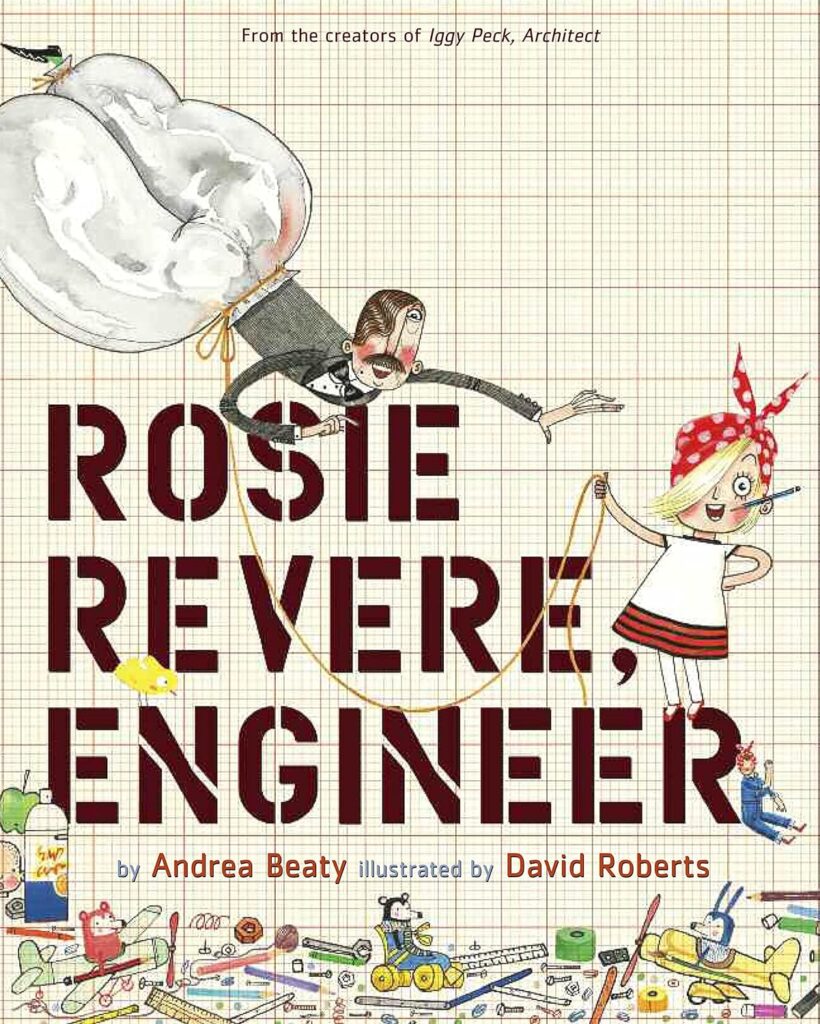
Astrophysics for Young People in a Hurry by Neil deGrasse Tyson
A brilliant, accessible intro to complex cosmic concepts.
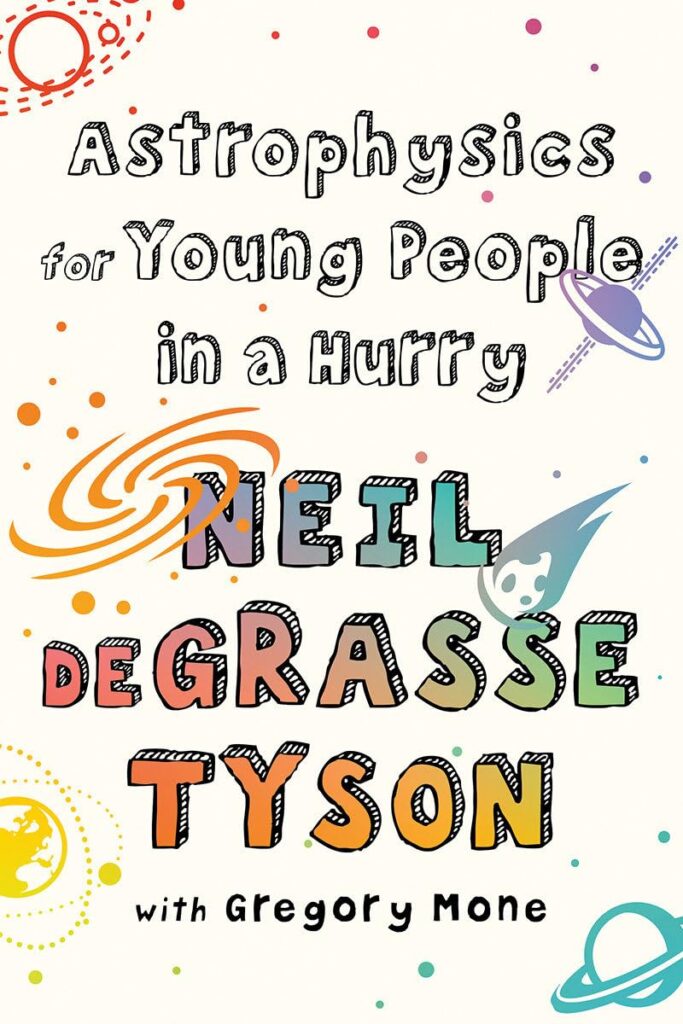
Maker Lab: 28 Super Cool Projects by Jack Challoner (DK Publishing)
A hands-on science activity book with kid-safe experiments and clear explanations.
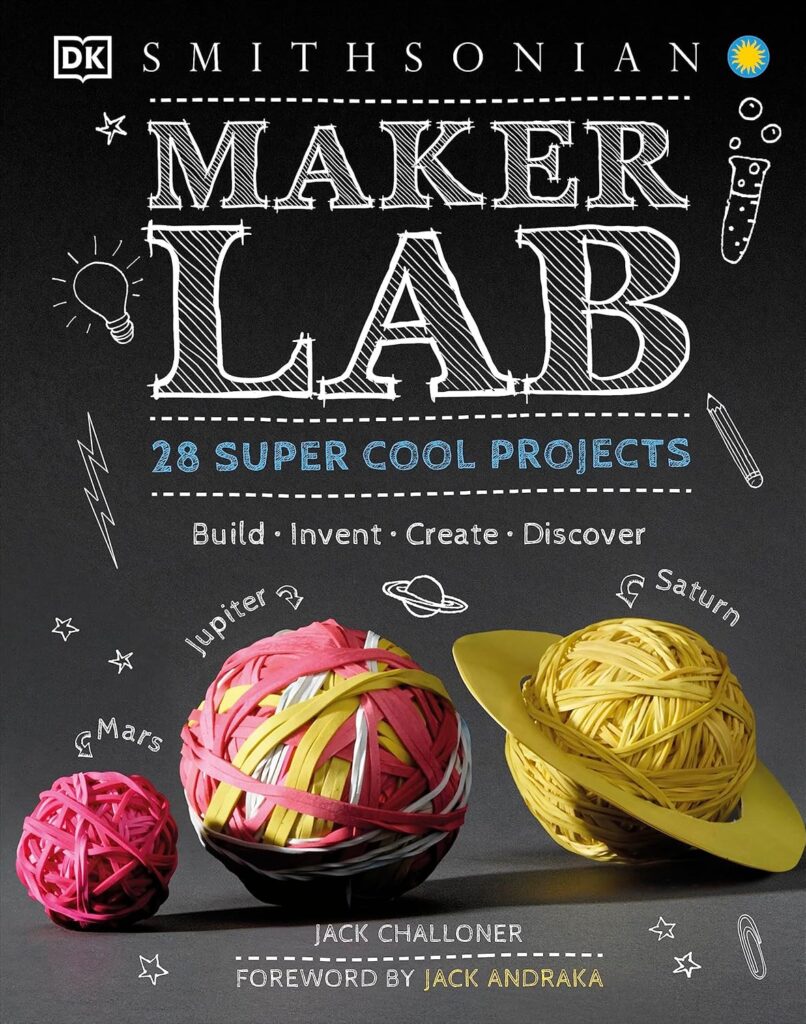
D. Social Justice & Diversity
Books in this category teach empathy, equity, and understanding of different experiences and identities.
Top Picks:
This Book Is Anti-Racist by Tiffany Jewell
An honest, engaging guide to identity, activism, and social change for middle-grade readers.
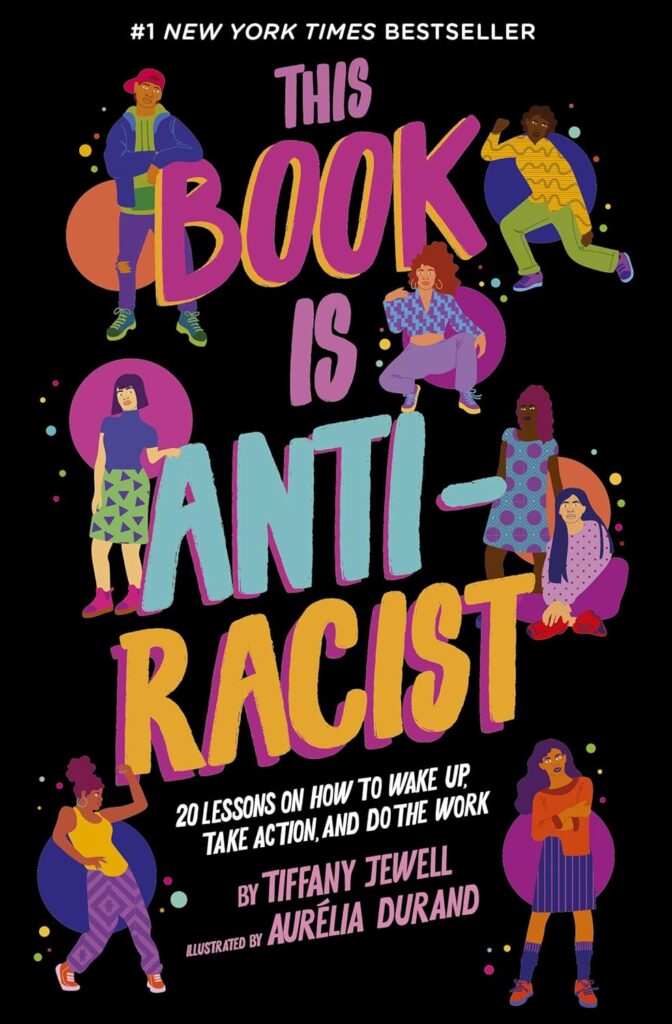
We Are Water Protectors by Carole Lindstrom
A poetic and empowering picture book inspired by Indigenous-led environmental movements.
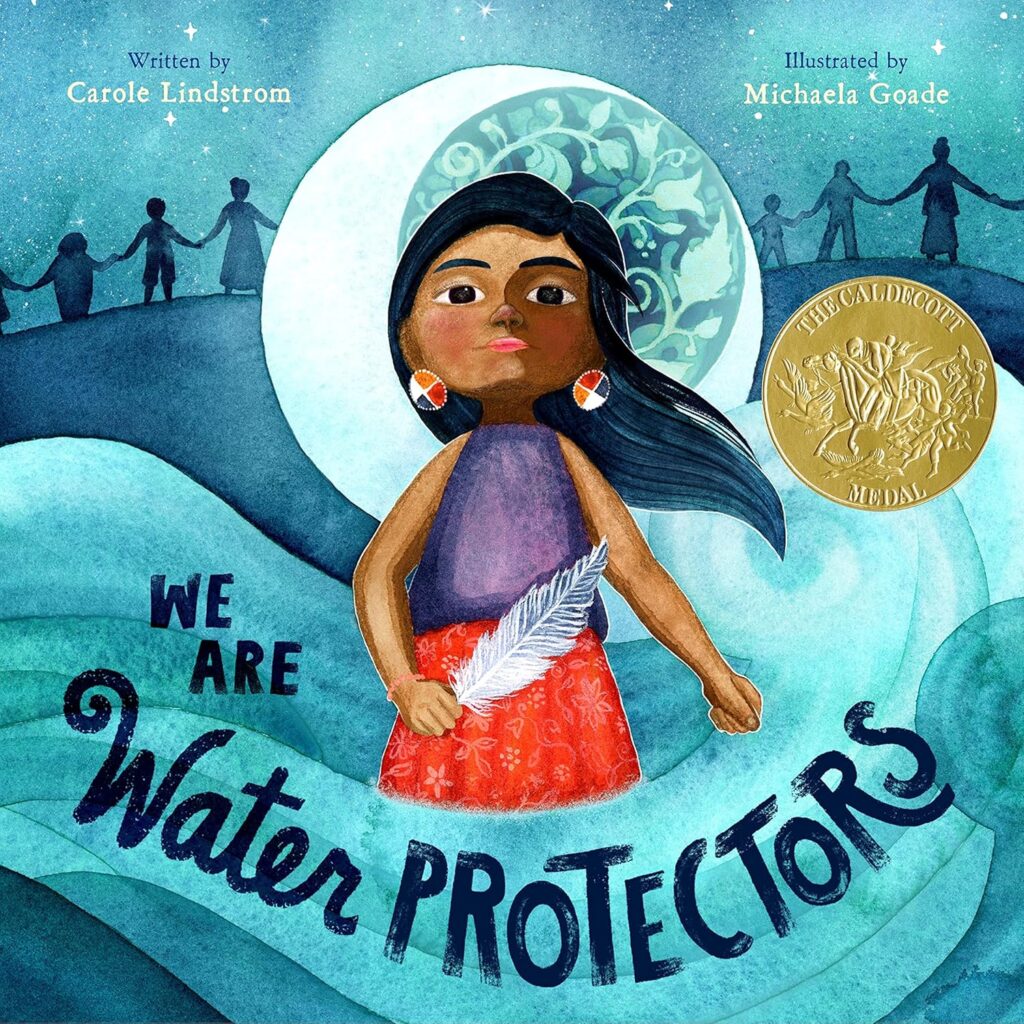
Peaceful Fights for Equal Rights by Rob Sanders
This empowering picture book uses rhythmic, action-oriented language to show how kids can participate in social change through peaceful protest, civic engagement, and standing up for what’s right. It’s a broad and inclusive introduction to activism, perfect for sparking conversations about fairness, equity, and courage.

E. True Stories That Inspire
These books highlight incredible acts of bravery, resilience, and creativity, showing kids what’s possible when they dream big and stay determined.
Top Picks:
Malala’s Magic Pencil by Malala Yousafzai
The inspiring story of Malala’s wish to change the world through education.
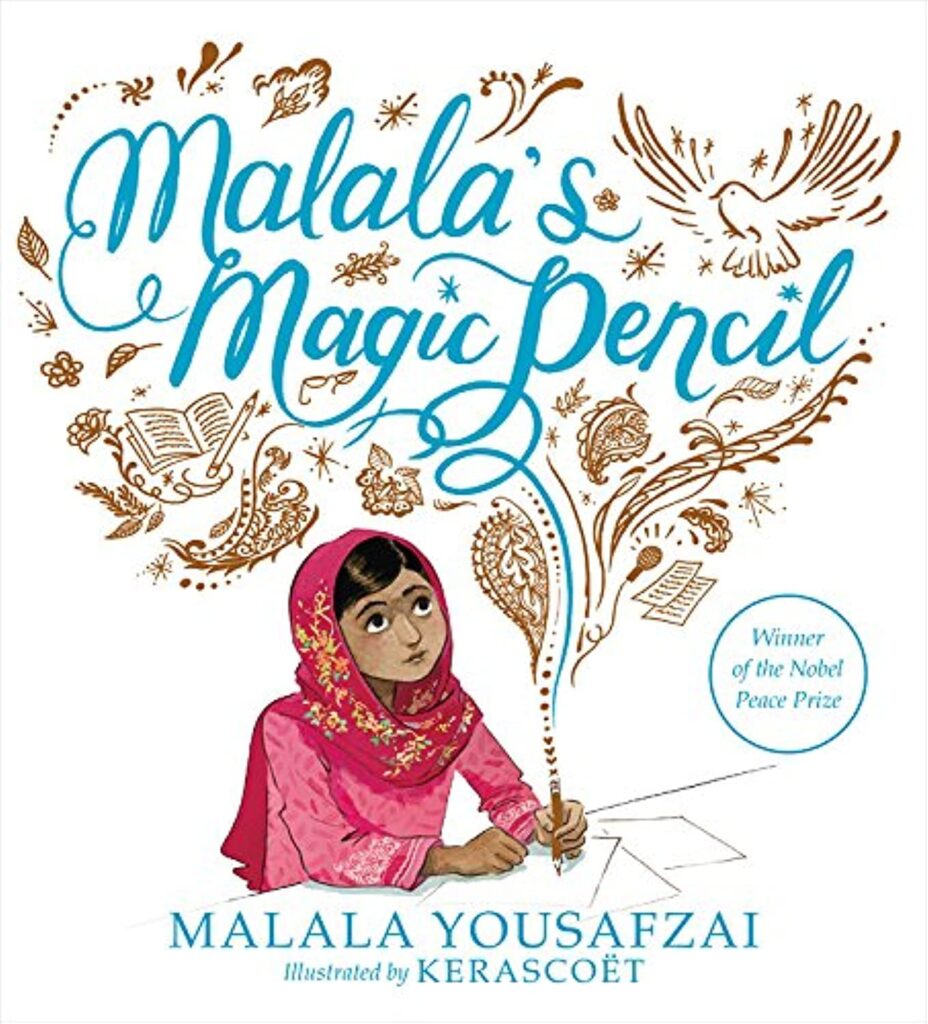
The Girl Who Thought in Pictures: The Story of Dr. Temple Grandin by Julia Finley Mosca
A biography of a groundbreaking scientist and autism advocate told in rhyme.

Kids Who Are Changing the World by Anne Jankéliowitch
Features real children taking action in environmental, social, and humanitarian causes.
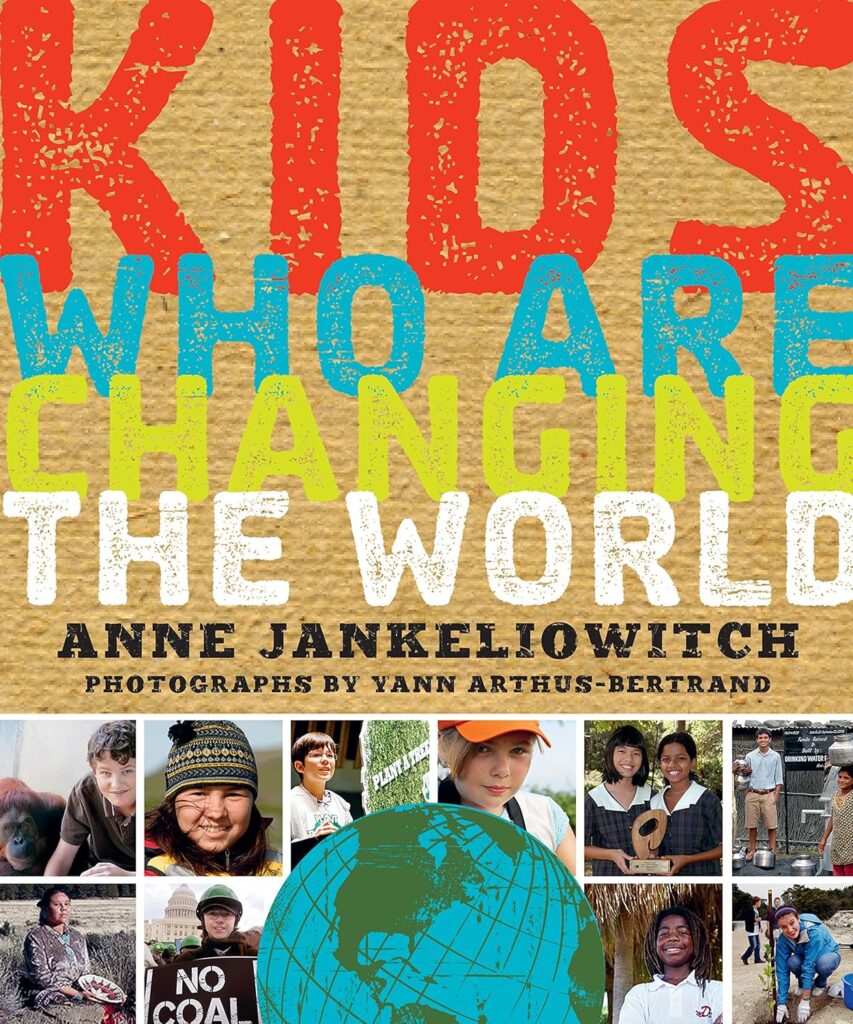
VIII. Frequently Asked Questions (FAQ)
To help answer some of the most common queries parents, teachers, and caregivers have about nonfiction for kids, here’s a quick FAQ section designed to provide clarity, direction, and additional search-friendly content.
Q1: What are the best nonfiction books for elementary students?
Great nonfiction books for elementary students include titles like Hidden Figures: Young Readers’ Edition by Margot Lee Shetterly, Shark Lady by Jess Keating, and I Am Jane Goodall by Brad Meltzer. Look for books that match their interests: animals, science, history, and are written in an engaging, age-appropriate tone.
Q2: How do I get my child interested in nonfiction books?
Start by letting your child choose topics they’re naturally curious about. Pair books with real-life activities, introduce graphic nonfiction formats, and make nonfiction part of your regular reading routine. Enthusiasm is contagious, so read along and explore together!
Q3: Are nonfiction books good for toddlers and preschoolers?
Yes! Nonfiction books for young children help build early vocabulary, introduce basic concepts (like animals, colors, weather), and stimulate curiosity. Look for board books or picture books with bold images, interactive features, and simple text—like National Geographic Little Kids First Big Book of Why.
Q4: Can nonfiction books help improve reading comprehension?
Absolutely. Nonfiction encourages close reading, teaches kids how to interpret diagrams and captions, and strengthens understanding of structure (headings, sidebars, glossaries). These skills directly support reading comprehension and academic success.
Q5: What types of nonfiction formats work best for reluctant readers?
Graphic nonfiction, photo-rich books, and short fact-based formats like DK Eyewitness or National Geographic Kids are excellent for reluctant readers. These formats break up dense text and make learning feel more visual and accessible.
